Rinpa art and Sotatsu: Japanese art, Buddhism, and class
Lee Jay Walker
Modern Tokyo Times
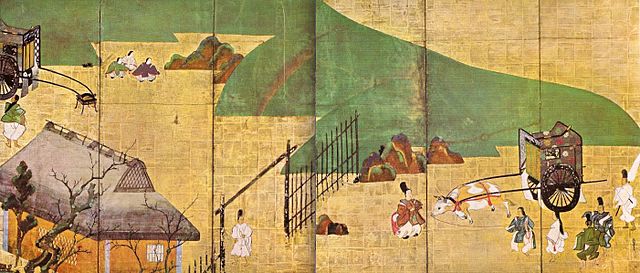
The exact birth and death of the Japanese artist Tawaraya Sotatsu aren’t fully known. He is believed to have been born around 1570 and passed away in the 1640s. Irrespective of this, the legacy of Sotatsu is extremely potent in the annuls of Japanese art.
Rinpa (Rimpa) art is extremely distinctive and connected to Japanese high culture. In the opposite direction, the world of Ukiyo-e focused on an enormous spectrum of subject matters including the natural lifestyles of people, historical events, erotica (shunga), kabuki, landscapes, murders, nature, and an array of artistic themes.
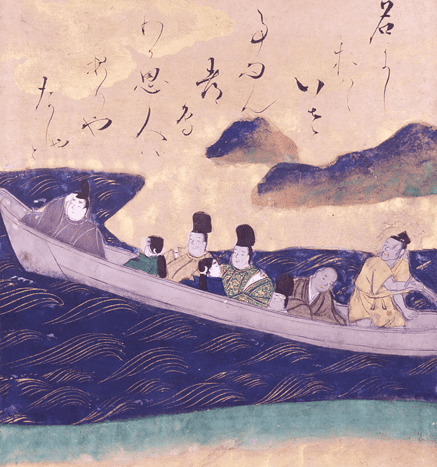
The Smithsonian – National Museum of Asian Art – says, “Tawaraya Sōtatsu (ca. 1570‒ca. 1640), a fountainhead of Japanese painting and design, is one of the most influential yet elusive figures in Japanese culture. Sōtatsu’s work is instantly recognized by its bold, abstracted style, lavish swaths of gold and silver, and rich jewel tones. Much of the artist’s life, however, remains a mystery. How a working-class owner of a Kyoto fan shop transformed into a sophisticated designer with a network of aristocratic collaborators is still an enigma.”
His working-class roots did not enter the mindset of wealthy Nichiren Buddhist merchants in this period of history. For example, Toyotomi Hideyoshi (1537-1598) is one of the three unifiers of Japan that culminated in he Edo Period. However, Hideyoshi also came from a humble background concerning the peasantry. Yet, Oda Nobunaga never gave it a thought (the first unifier of Japan).
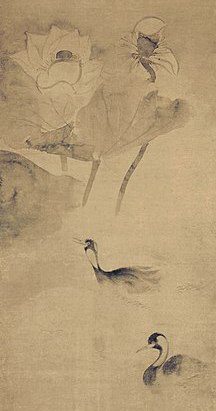
Indeed, many future artists came from humble beginnings throughout the Edo and Meiji Periods of history. Some were orphans. Therefore, Sōtatsu rose to the top concerning his talent and approach to art.
The MOA Museum of Art says, “The Rinpa School is unique in that, unlike other schools such as Kanō and Tosa, the heritage was perpetuated not through familial lines or clan-retainership, but by those who had an affinity with the style. It came about in the early Edo period, with Hon’ami Kōetsu and Tawaraya Sōtatsu being forerunners, and it flourished during the years of Genroku (1688 – 1704) with the work by Ogata Kōrin and his brother Kenzan.
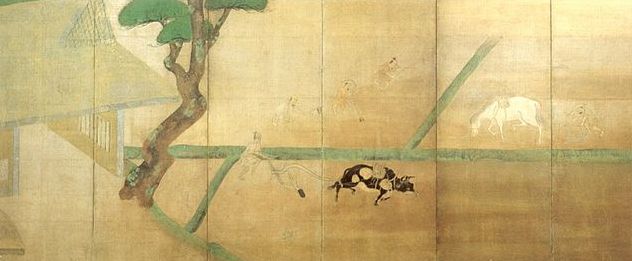
Nichiren Buddhist merchants in this period of Japanese history sought to fuse art, culture, faith, and ideas before rinpa answered their beck and call. Hence, Nichiren Buddhist merchants and aristocratic families supported the rinpa art movement.
The Tokyo Fuji Art Museum says, “Tawaraya Sotatsu is thought to have lived and worked from around 1596 to 1645, running an eponymous painting studio in Kyoto. His work consisted of both fan and paper painting, as well as painting scrolls written by the calligrapher Honami Kouetsu. He produced paintings on sliding doors and cedar doors for the rebuilding of Yogen-in temple in 1621. By 1630 he is known to have become a Hokkyo (the third highest rank for Buddhist priests). He sublimated traditional painting motifs and techniques and, with the addition of witty and bold composition and generous decorativeness, developed his own unique artistic style.”
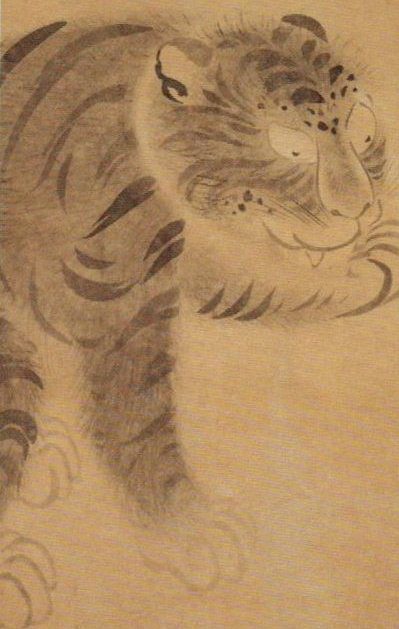
The artistic legacy of Sōtatsu is enormous in Japan concerning his innovative approach to art, the works he produced, and the future artists he inspired. Therefore, the call of Buddhism and the brush of art fused naturally throughout his life.
https://www.fujibi.or.jp/en/our-collection/profile-of-works.html?work_id=662

PLEASE DONATE TO HELP MODERN TOKYO TIMES
Modern Tokyo News is part of the Modern Tokyo Times group
DONATIONS to SUPPORT MODERN TOKYO TIMES – please pay PayPal and DONATE to sawakoart@gmail.com
http://moderntokyotimes.com Modern Tokyo Times – International News and Japan News
http://sawakoart.com – Sawako Utsumi’s website and Modern Tokyo Times artist
https://moderntokyonews.com Modern Tokyo News – Tokyo News and International News
PLEASE JOIN ON TWITTER
https://twitter.com/MTT_News Modern Tokyo Times
PLEASE JOIN ON FACEBOOK